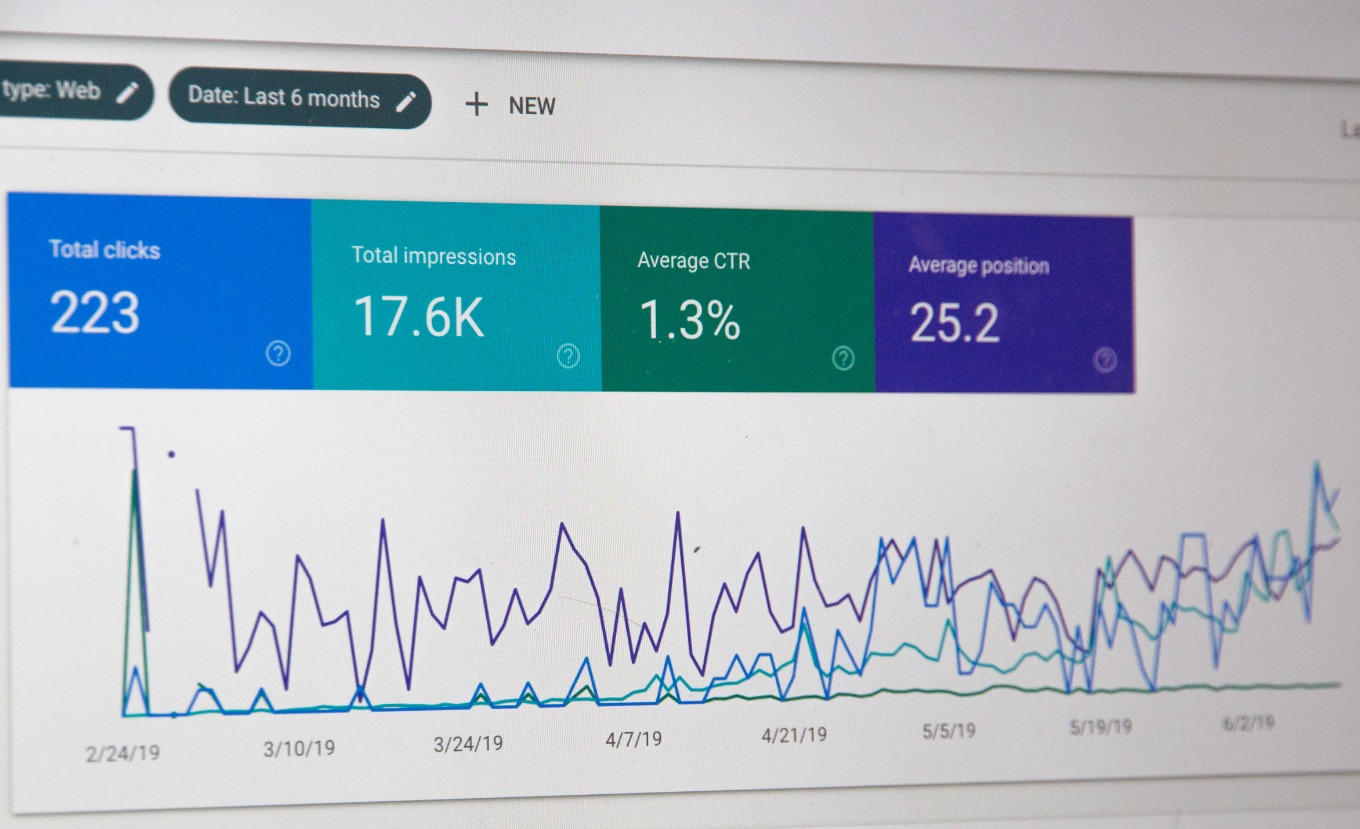4 Essential Questions to Ask Before Choosing an Accounts Payable Automation Software
In the complex labyrinth of accounts payable, a paradigm shift has been increasingly visible with the advent of automation software. These digital solutions have redefined the conventional manual approach, expediting the process, and significantly reducing the potential for human errors. Nevertheless, the decision to adopt an accounts payable automation software is not an effortless one. A multitude of factors requires careful examination and pragmatic evaluation. Here, we explore four essential questions that will guide you in selecting the most suitable Accounts Payable Automation Software.
-
Does the software align with the company's needs and future development plans?
The first question revolves around the intricate understanding of your organization's unique requirements and future growth trajectory. Is your company dealing with a high volume of invoices or a convoluted approval workflow? Do you foresee exponential growth in the future that may require additional functionalities? Understanding these dynamics will aid in assessing the scalability and flexibility of the software.
Scalability is no doubt a key attribute to consider when selecting an automation software. It determines the software's ability to handle an increased workload without compromising performance. Flexibility, on the other hand, relates to the software's adaptability to varying workflows, user roles, and approval hierarchies. From the economic perspective, this arbitrage between cost and benefit substantiates a prudent assessment of needs and future plans.
-
How robust is the software in terms of security and regulatory compliance?
Security and regulatory compliance are the bedrocks of any financial system. The software chosen should have advanced encryption protocols and stringent access controls to safeguard against possible data breaches. From the legal perspective, it should ensure compliance with various regulations such as the Sarbanes-Oxley Act or GDPR, which dictate strict rules for data protection and financial transparency.
From a mathematical probability standpoint, the risk of non-compliance or data breach is inversely proportional to the robustness of security measures and compliance features implemented. Thus, a software with high-level security and compliance features effectively reduces the potential risk to minimal levels.
-
What is the Total Cost of Ownership (TCO)?
The Total Cost of Ownership (TCO) represents not only the upfront software cost but also includes other costs such as implementation, training, maintenance, and potential upgrade costs. Economically, this is a critical evaluation parameter as it accurately represents the financial commitment that the company will make in the long run.
When assessing TCO, consider the concept of 'Opportunity Cost' from economics, which refers to the potential benefits an entity misses out on when choosing one alternative over another. By choosing a software with a high TCO, you might be foregoing the opportunity to invest that capital elsewhere in your organization for potentially higher returns.
-
How responsive is the software's customer support?
The software's customer support responsiveness is a vital characteristic to consider. No system is flawless; there will be times when you would need assistance from the software's support team. Their responsiveness could be the difference between a minor disturbance in your operations and a prolonged downtime.
In the realm of Game Theory, the equilibrium between the customer and the support team's strategies determines the overall satisfaction of the users. If the support team adopts a proactive stance, it ensures a smooth user experience, leading to a win-win situation for both parties.
While answering these four essential questions might seem a daunting task, it is crucial to remember that your organization stands to benefit immensely from a well-informed decision. The beauty of automation software lies in its potential to transform your account payable processes, increasing efficiency, reducing errors, and saving time. But like any investment, a thorough analysis, based on clear understanding and strategic foresight, is the key to reaping its rewards.
These digital solutions have redefined the conventional manual approach, expediting the process, and significantly reducing the potential for human errors.






